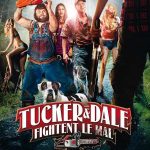Gettysburg (1993)
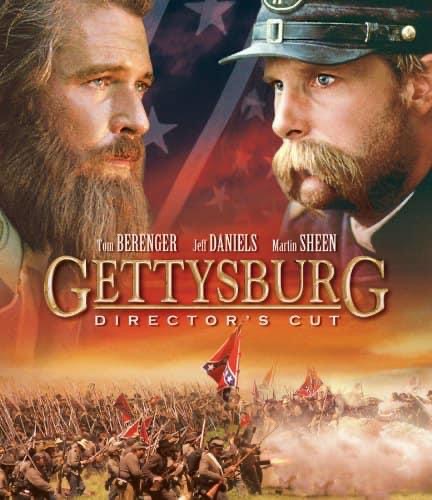
Gettysburg (1993) is an epic war film directed by Ronald F. Maxwell, based on Michael Shaara’s Pulitzer Prize-winning novel The Killer Angels. The film centers on the pivotal Battle of Gettysburg during the American Civil War, a turning point in the conflict, fought over three days in July 1863.
Suggested videos for you:
Historical Accuracy and Scope
The movie is lauded for its meticulous attention to historical detail. It presents a comprehensive depiction of the events surrounding the Battle of Gettysburg, capturing the strategies, military maneuvers, and emotions of both Union and Confederate forces. The film’s commitment to accuracy is evident in the uniforms, weapons, and battle scenes, which were enhanced by using thousands of Civil War re-enactors.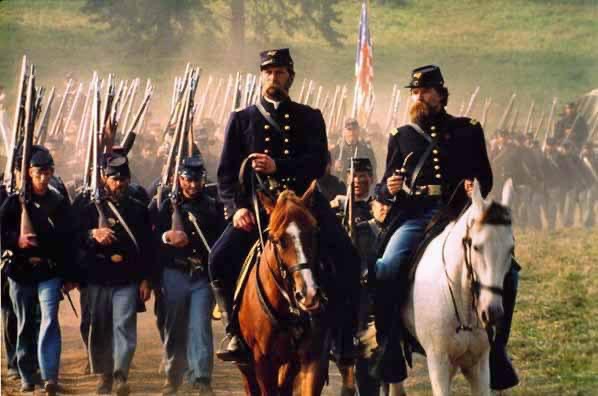
Cast and Performances
The ensemble cast delivers strong performances, particularly from Jeff Daniels as Union Colonel Joshua Chamberlain and Tom Berenger as Confederate General James Longstreet. Daniels is praised for portraying Chamberlain’s humanity, leadership, and intellect, especially in the defense of Little Round Top. Martin Sheen’s portrayal of General Robert E. Lee is subdued but captures the weight of command and the responsibility Lee felt for his troops. Sam Elliott’s brief but memorable performance as General John Buford also adds emotional depth.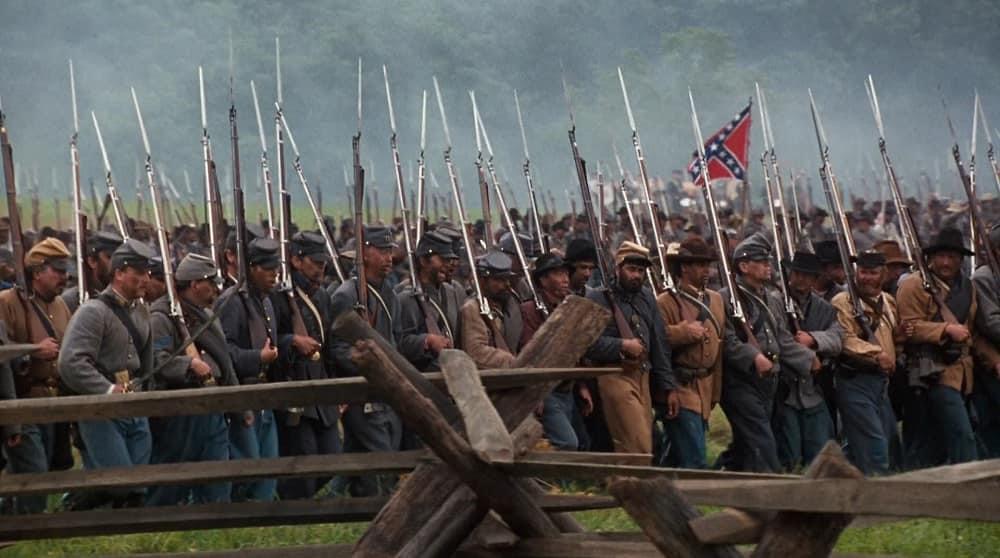
Themes and Characterization
Gettysburg explores not only the military tactics but also the internal conflicts and personal dilemmas faced by its characters. The film delves into themes of honor, duty, brotherhood, and the tragic nature of civil war, where countrymen fight against each other. The portrayal of Chamberlain is particularly poignant, as he embodies the moral complexity of the war, fighting for the Union cause and grappling with the conflict’s human cost.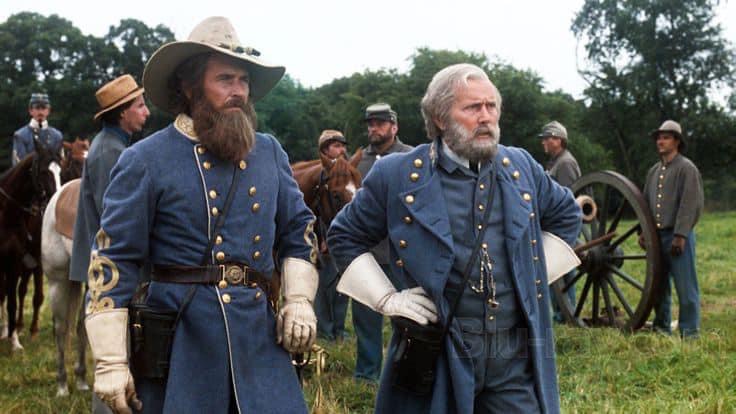
Cinematography and Battle Sequences
The battle sequences are sprawling and impressive, particularly the reenactment of Pickett’s Charge, one of the most iconic and tragic moments of the battle. The wide shots of massive infantry lines and cavalry movements convey the scale of the conflict. However, the film’s lengthy runtime (4 hours) and slower pace between battle scenes can be demanding for viewers not deeply invested in Civil War history.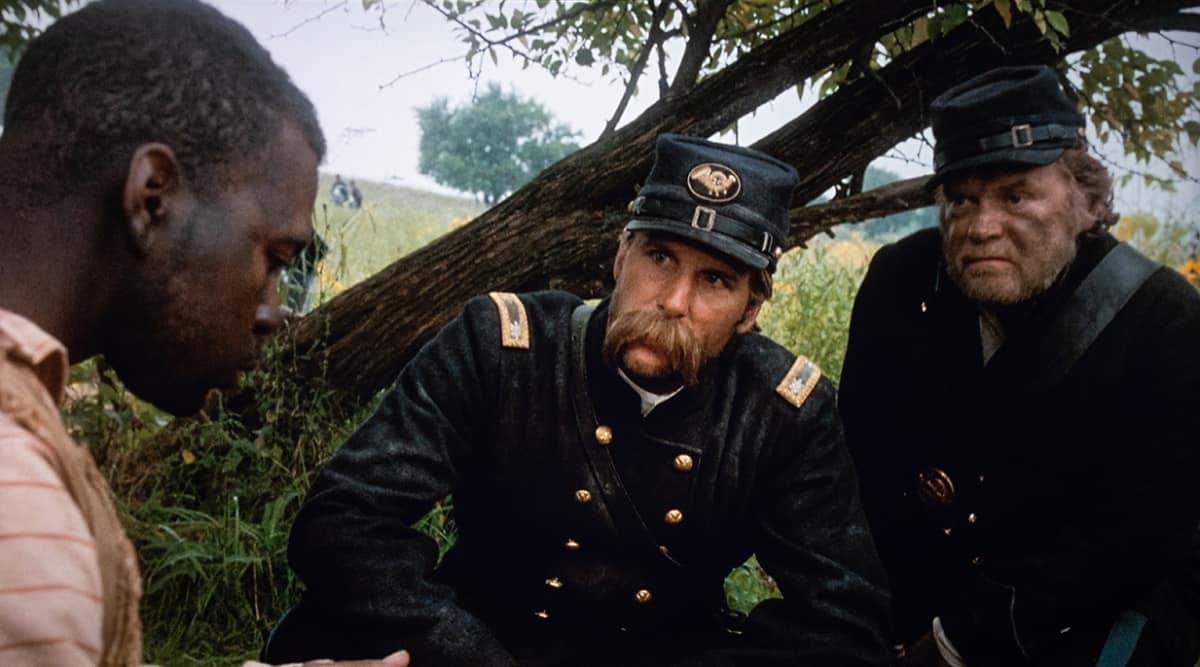
Criticism
While praised for its historical faithfulness, Gettysburg has been criticized for its sometimes overly formal dialogue, which can feel stilted and unnatural. This is particularly true in moments where characters give long monologues that reflect the novel’s internal reflections rather than natural conversation. Some viewers may also find the film’s pacing to be slow, especially during the quieter moments between battles.
Overall
Gettysburg is an ambitious and deeply reverent film, primarily aimed at history enthusiasts and Civil War buffs. Its epic scope, strong performances, and attention to detail make it a powerful historical drama, but its length and pacing may be a challenge for some audiences. Nonetheless, it stands as one of the most detailed cinematic representations of the American Civil War.







